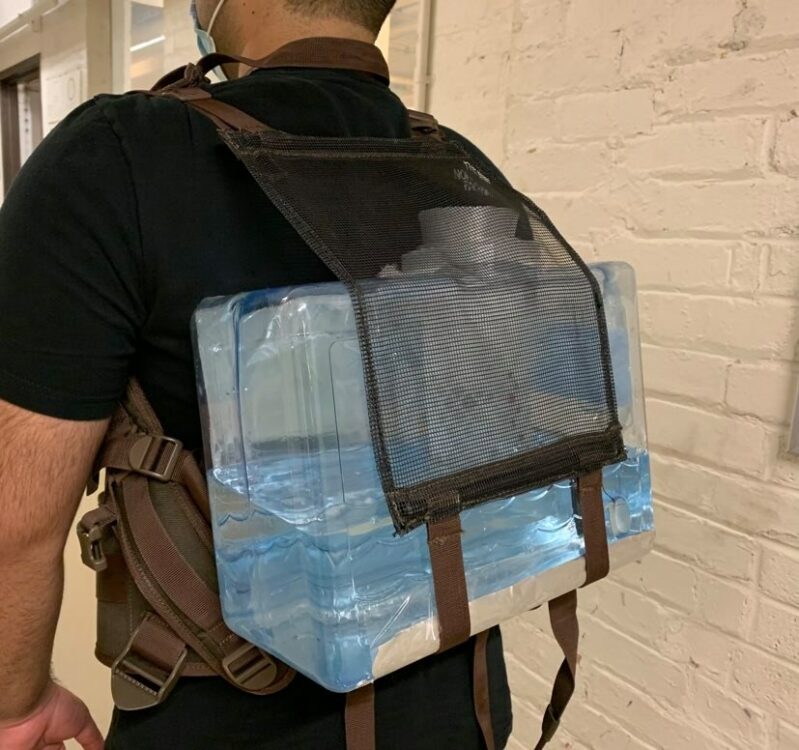
Launched as part of McGill’s Bicentennial celebrations, impact200 is a sustainability challenge aimed at turning student ideas into concrete projects to make the world a better, and greener, place. The objective is to address, in particular, the United Nations’ 17 Sustainable Development Goals designed to protect the planet, improve lives and end poverty.
The response from McGill students was impressive: 44 teams of between three and six members submitted proposals following the original call for entries in late 2020. Of those, 10 were named as finalists this past April.
The projects focus on alleviating environmental and social problems in myriad ways. These initiatives include everything from converting harmful excess algal bloom into biomass and transforming solid waste into nutrition; to purifying contaminated water and developing a solar mobile refrigerator for clinics in remote regions. The common thread tying all impact200 finalists together is to make the world a better place.
Each finalist received funding and expert mentors to help develop a proof-of-concept during the summer. The impact200 initiative would not have been possible without the generous financial support of the Sustainability Projects Fund, the Faculty of Science, and the Faculty of Arts.
Leading up to the announcement of the winning project in December, we will feature each of the 10 finalists in the Reporter.
Today, we speak with Bernadette Ng, co-founder and co-leader of the SOlar-A project. Ng is a U3 student in Honours Mechanical Engineering.
Could you describe SOlar-A project?
SOlar-A is a water purification and transportation backpack aiming to improve accessibility to clean water in areas with low-resources. Its design is ergonomic to enable the user to carry a minimum of 10L of water during the water transportation time. There are two steps to cleaning the water: filtration (turbidity, heavy metals, chemicals, large particles) and solar disinfection (SODIS) for deactivation of viruses, bacteria and protozoa. A biomechanical energy harvester is part of the backpack to utilize the energy from the water transportation time. It aims to power a UV sensor, which signals the user when the water is ready to drink.
How many people are on the team?
We are currently six main members in the impact200 competition, along with 24 collaborating members in McGill Biodesign.
Which of the United Nations’ 17 Sustainable Development Goals does this project address?
SOlar-A addresses clean water and sanitation (SDG 6), affordable and clean energy (SDG 7), and responsible consumption and production (SDG 12).
What was the genesis of the SOlar-A initiative?
When the pandemic hit, many humanitarian trips had to be cancelled. This brought us to question the impact it would have on certain communities. Our team then decided to tackle this issue by bringing a solution that can help communities sustain themselves in the long-term. Thus, our main mission is design a solution that can easily be reproduced with locally sourced materials in low resource communities.
Could you tell us about the mentorship phase of the impact200 competition?
We mostly communicated with our mentor through monthly zoom meetings. Before each meeting, our team would prepare a list of questions for our mentor who gave us a lot of guidance in various field of the project (i.e: research, testing procedures, design priorities, proposal).
What are the biggest challenges the team has faced and how did you overcome them?
Working online and being at different locations while trying to build something together, which slowed down our timeline initially. We overcame by adapting our timeline (i.e: prioritizing proposal writing and testing protocols that can be done online) and separating the location of the materials. We have then accomplished building each system of the project in different locations and assembled them together when we would all be on campus.
Biggest takeaways?
For all of us, this was the first time working on a project starting from scratch. This gave us a lot of experience, especially since we are all studying engineering, to learn to build ideas, manage a project, communicate with professors/companies/organizations, find the right resources, and mostly work as a team (especially, online).
Where does SOlar-A stand at present?
We just finished our first prototype and aim to iterate it to make it more sustainable. We are also working on building three prototypes to test within a community in Honduras in May 2022 with the non-profit organization, Global Brigades.
Watch the videos of all the Finalists of the impact200 Bicentennial Student Sustainability Challenge and vote for your favourite project. Winners will be announced on December 2. Vote here.
